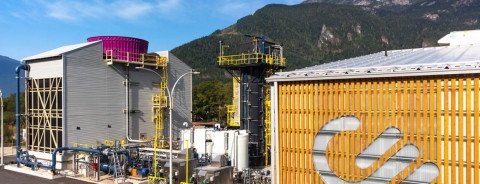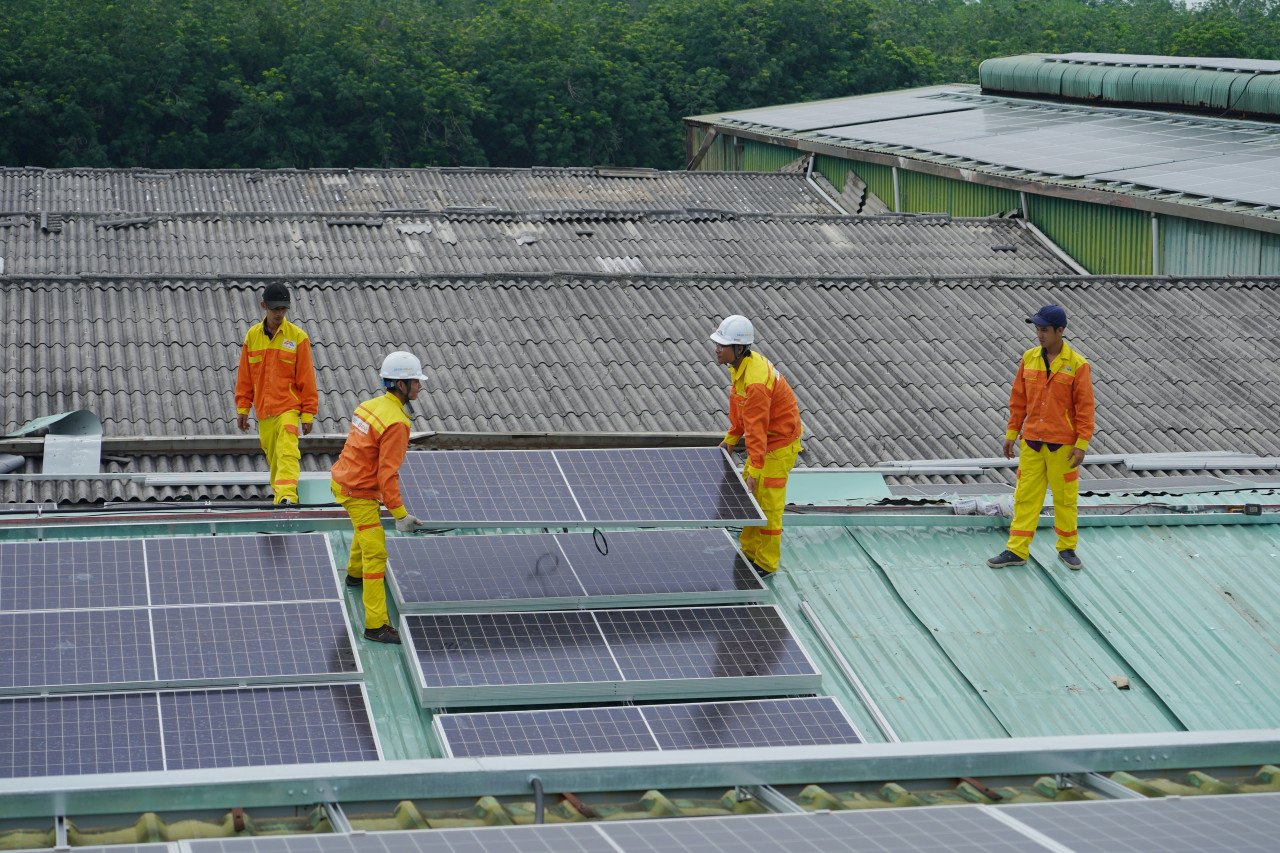China announced plans to set up a recycling system for old solar panels and wind turbines to manage equipment slated for retirement in the coming years. Multiple state agencies released a set of uniform guidelines saying the country's new energy sector (wind, solar, battery and other emerging energy technologies), will face "mass decommissioning of equipment" because of upgrades. China, the world's largest producer of renewable energy, is eyeing 1,200 GW of utility-scale solar and wind capacity by 2030, but could meet that target as soon as 2025.
Global government targets for 80 GW of offshore wind capacity by 2030 are unrealistic, consultancy firm Wood Mackenzie said, adding that a more likely achievement would be 30 GW, provided supply bottlenecks are resolved and supply chain investments materialize. The firm said that would mandate an investment of $27 billion by 2026, against the $100 billion necessary to achieve the 80 GW target. Data from the Energy Institute's Statistical Review of World Energy shows wind and solar accounted for 12 percent of global power generation last year.
Ford Motor and two South Korean companies (EcoProBM and SK On) are building a $900 million plant to produce EV battery materials in Quebec, Canada. The factory will eventually produce 45,000 tonnes of cathode active materials (CAM) per year for Ford to use in the company's EVs. Ford said the plan was to make high-quality Nickel Cobalt Manganese (NCM) for rechargeable batteries that would offer better charging and storage.
Canadian Solar has said it will supply 1,200 MWh of energy storage products to the Papago Storage project in Arizona, to be operated by the company's subsidiary Recurrent Energy. The project, set to be Arizona's largest when complete, will utilize e-STORAGE's proprietary SolBank energy storage batteries. Construction is expected to commence in the third quarter of 2024.

Daily Shorts: Indonesia moves WTO over EU's biodiesel duty, Oxy buys carbon capture company, and more
Read More

